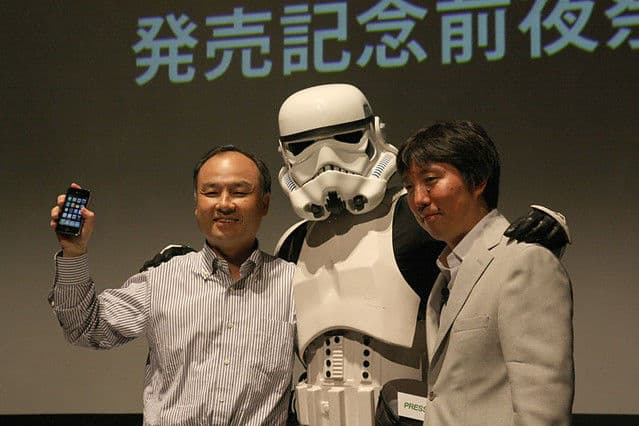In 1900, industrialist Andrew Carnegie sold his Carnegie Steel Company to financier John Pierpont Morgan Sr. for $480 million. Shortly after the deal was concluded, Morgan sent Carnegie a telegraph stating, “Congratulations, Mr. Carnegie, you are the richest man in the world.” Fast forward a century later, and the fortunes of the likes of Bill Gates, Jeff Bezos, and Bernard Arnault are worth over 200 times that of Carnegie. Even the wealth of Japanese billionaires today dwarfs Cargenie’s already staggering fortune. But who among these billionaires are the richest Japanese today?
#3 Takemitsu Takizaki | $21.3 billion
Takemitsu Takizaki is Japan’s third-richest person, with a personal fortune that is larger than the GDP of Bosnia and Herzegovina. He is the founder of Keyence, a manufacturer of automation systems and electronic components for factory assembly lines. The notoriously media-shy Takizaki founded the company in 1974, and it has since become the country’s fifth-largest company by market capitalization.
Keyence Corporation’s global headquarters and its research center (right) in Osaka. Image courtesy of Wikipedia Foundation
#2 Masayoshi Son | $24 billion
Masayoshi Son is the founder and CEO of technology firm Softbank, which has a global presence in telco, finance, media, artificial intelligence, and robotics. Despite his massive wealth and success, Son was actually worth much more during the late 90s—he reportedly lost $70 billion in the dot-com crash of the early 2000s.
Masayoshi Son (left) sharing the stage with a Star Wars Stormtrooper and an employee during a product launch. Image courtesy of Danny Choo
#1 Tadashi Yanai | $31 billion
Yanai began his career in retail in 1971 as a sales assistant in a general merchandise store. A year later, he joined his father’s chain of 22 men’s suit shops, Ogori Shoji, in the small industrial city of Ube in Yamaguchi Prefecture.
After his father’s passing in 1984, Yanai decided to expand the business by marketing the company’s products directly to retailers in the region. He followed it up by opening a new retail outlet called Unique Clothing Warehouse, which was subsequently shortened to Uniqlo.
A Uniqlo store at the Murray Street Mall in Perth, Australia. Image courtesy of Wikimedia Commons
His strategy became an instant success. In 1991, Yanai changed his company’s name to Fast Retailing and went on a frenetic two-decade-long expansion and takeover spree, which ultimately turned the company into the biggest clothing retailer in the world, with a presence in 70 countries and five continents around the world.

Editorial Department
Bringing you the latest real estate & lifestyle news in Japan







